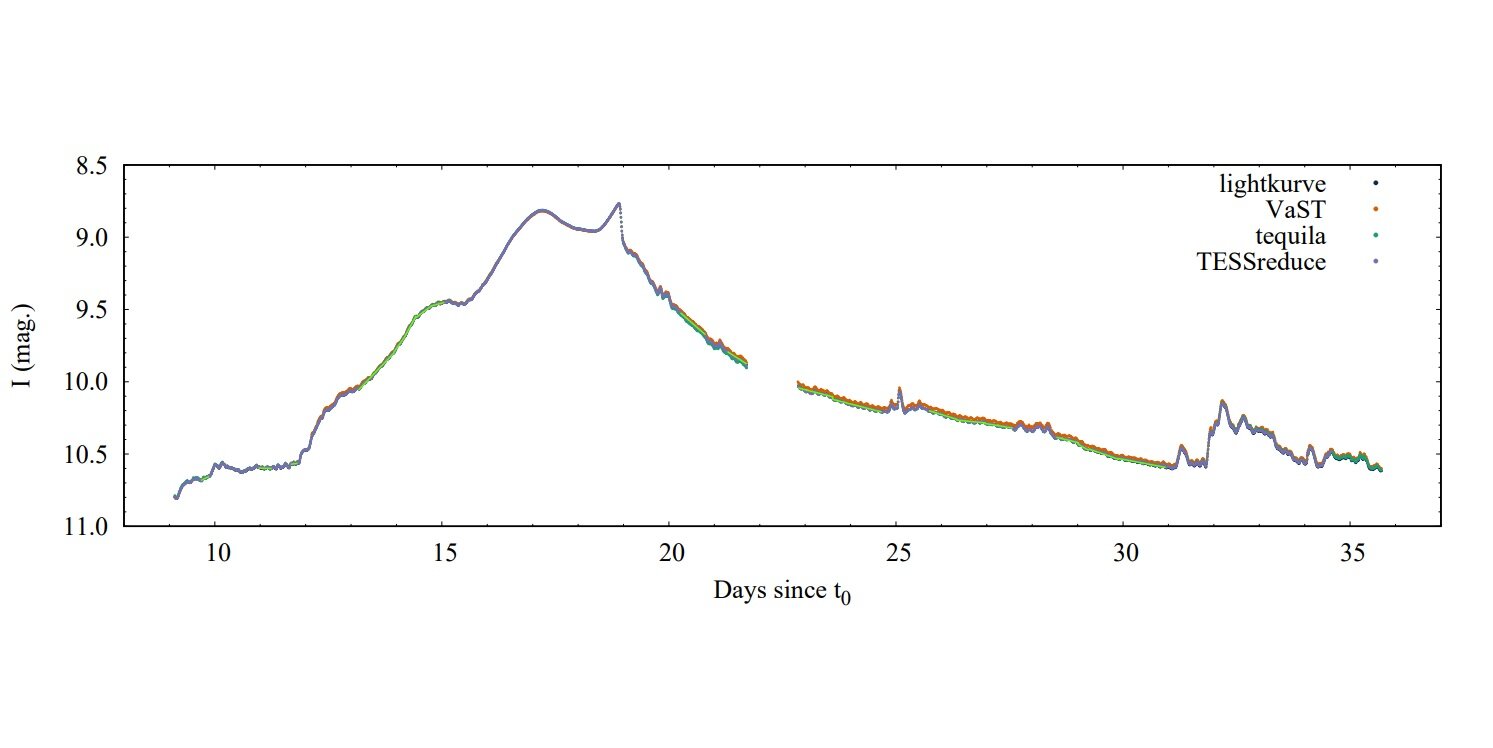An international team of astronomers has employed NASA’s Transiting Exoplanet Survey Satellite (TESS) to observe the eruption of Nova Vulpeculae 2021. Results of the observational campaign, published November 8 on the pre-print server arXiv, provide important insights into the peculiar nature of this classical nova, unveiling its complex variability behavior.
A classical nova is a star experiencing a sudden increase in brightness and then slowly returning to its original state, a process that could last many months. Such an outburst is the result of the accretion process in a close binary system containing a white dwarf (WD) and its companion.
Typical classical novae exhibit a rapid rise of optical brightness until its peak, followed by a slow decline. However, some novae showcase more complex behavior than the standard “fast rise—smooth decline“ pattern.
Nova Vulpeculae 2021 (or V606 Vul for short) is one of such eruptions that deviates from the traditional model. V606 Vul was detected on July 16, 2021, nine days before the start of TESS observations. A group of astronomers led by Kirill Sokolovsky of the University of Illinois at Urbana-Champaign, decided to investigate V606 Vul with TESS, hoping to shed more light on this nova.
“We use TESS photometry of the V606 Vul eruption to characterize variability of a nova in exquisite detail,” the researchers wrote in the paper.
2023-11-17 03:41:02
Source from phys.org
